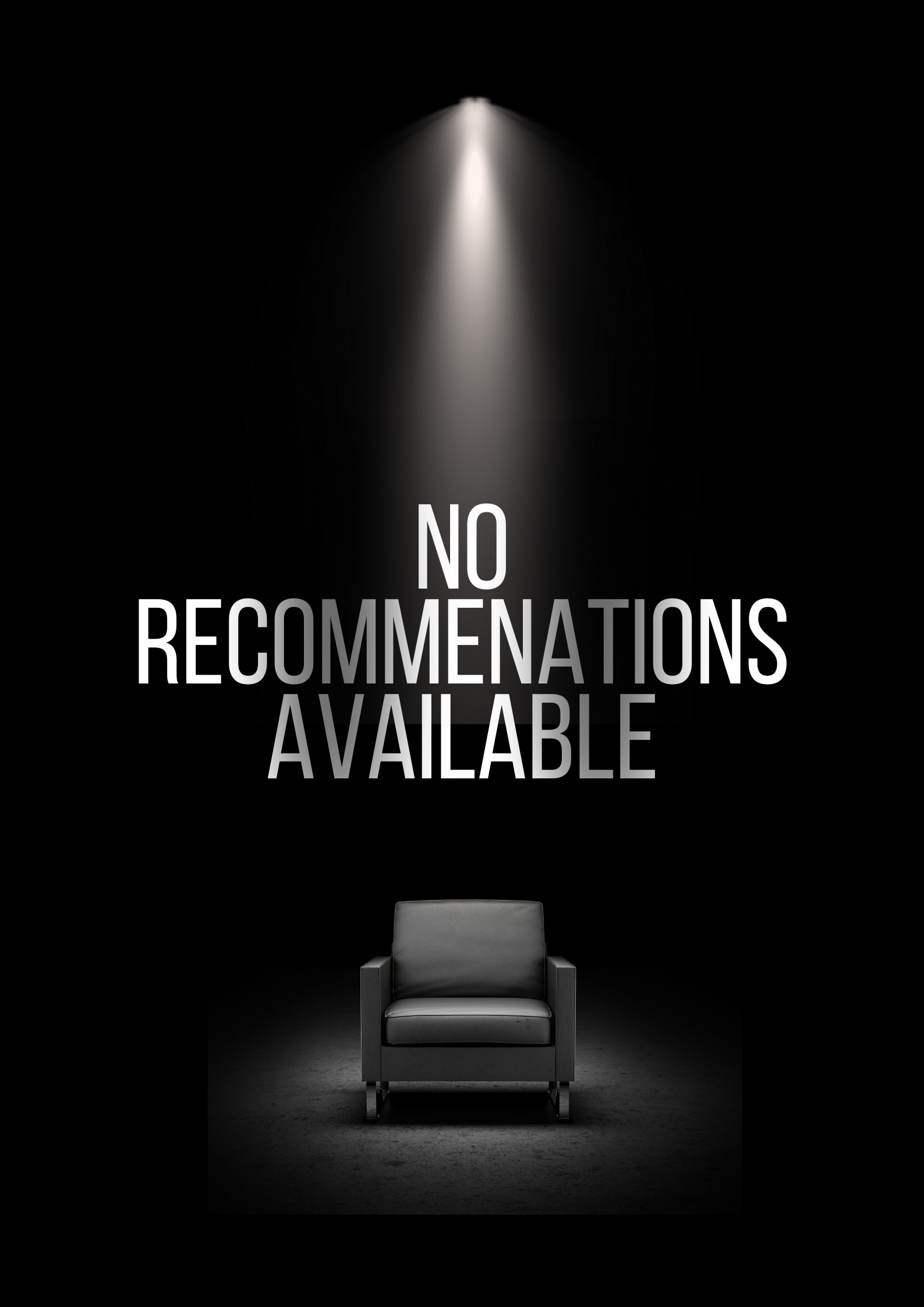Ever Forward
2016
0h 2m
0.0(0 votes)
Documentary
Overview
An abstract depiction of life in motion.
Similar Movies
Recommended Movies

No Recommendations Yet
We're working on finding the perfect movies for you. Check back soon!
More movies coming soon
An abstract depiction of life in motion.

We're working on finding the perfect movies for you. Check back soon!